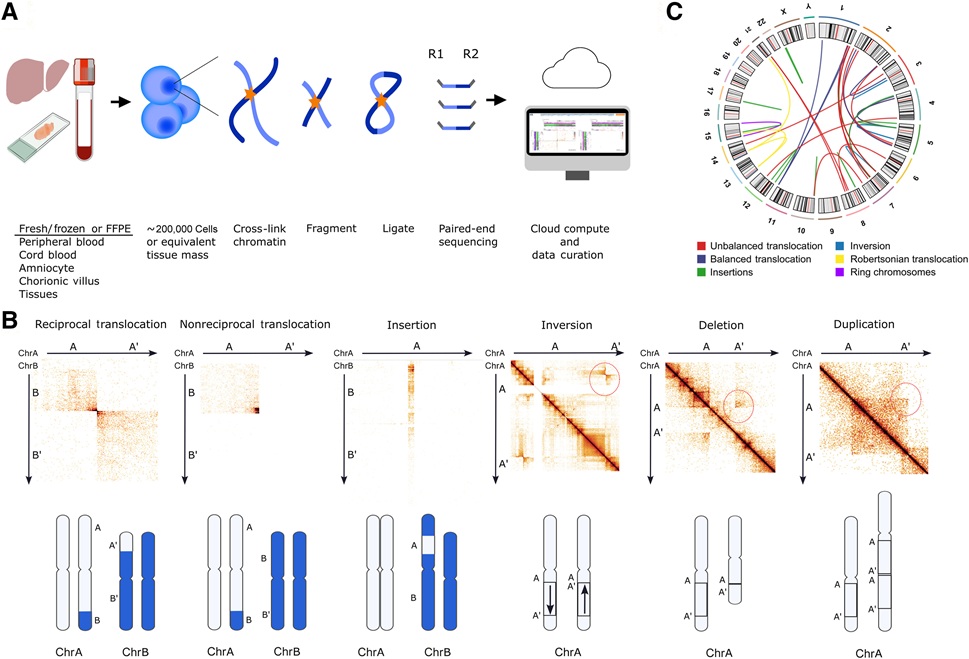Cell Block Technique Detects Low Frequency Abnormal Cells
By LabMedica International staff writers
Posted on 15 Jan 2013
Different cell block techniques have been compared for the detection of low frequency abnormal cells and representative sampling with simple sedimentation.Posted on 15 Jan 2013
Automated cell block systems rapidly create paraffin-embedded cell blocks by using vacuum filtration to deposit a layer of cells on a filter and infiltrate those cells with reagents and paraffin.
Scientists at Hologic Inc (Marlborough, MA, USA) compared three cell block systems using a novel tracer-cell model consisting of epidermoid carcinoma (CaSki) cells (American Type Culture Collection; Manassas, VA, USA). The cells were prestained in solution with hematoxylin and serially diluted in a background of pooled clinical serous effusion specimens and quantified using a hemocytometer. Ten replicates diluted cells were processed using each cell block method, and the resulting blocks were cut to produce two slides from each block. The slides were deparaffinized, counterstained with eosin, cover-slipped, and screened for the presence of tracer cells.
Tracer cells were identified on the initial slides for 20 of 40 simple sedimentation cell blocks, 21 of 40 in Richard-Allan HistoGel cell blocks (Thermo Scientific, Waltham, MA, USA), and 25 of 40 Hologic's Cellient cell blocks. All three methods showed representative sampling in 100% of the blocks made from the 100 tracer/mL specimen. With blocks made from the 10 tracer/mL specimen, simple sedimentation, HistoGel, and Cellient showed 90.0%, 80.0%, and 100% representative sampling, respectively. Representative sampling at the 1 tracer/mL dilution was 10.0% for simple sedimentation and 30% for HistoGel and Cellient. At the 0.1 tracer/mL dilution, only Cellient showed representative sampling.
The authors concluded that the detection of low concentration CaSki tracer cells was greater in Cellient cell blocks compared with simple sedimentation and HistoGel cell blocks. The Cellient cell blocks required the least amount of recutting, and demonstrated representative sampling at the lowest tracer cell concentration. A benefit of the Cellient system is that it concentrates cellular material on a membrane filter, resulting in a cell block with all the cells at or near the face of the block. The study was published on January 3, 2013, in the journal Pathology and Laboratory Medicine International.
Related Links:
Hologic Inc.
American Type Culture Collection
Thermo Scientific








 (3) (1).png)





